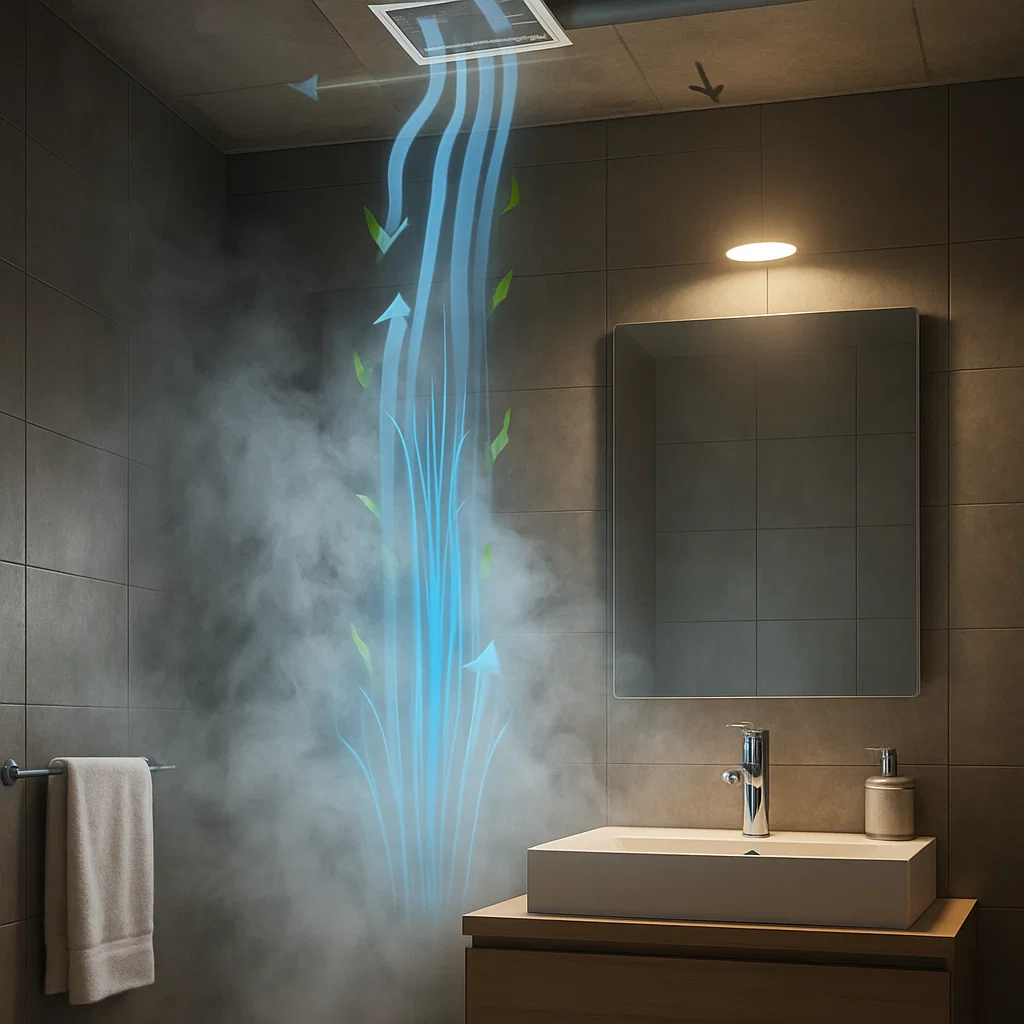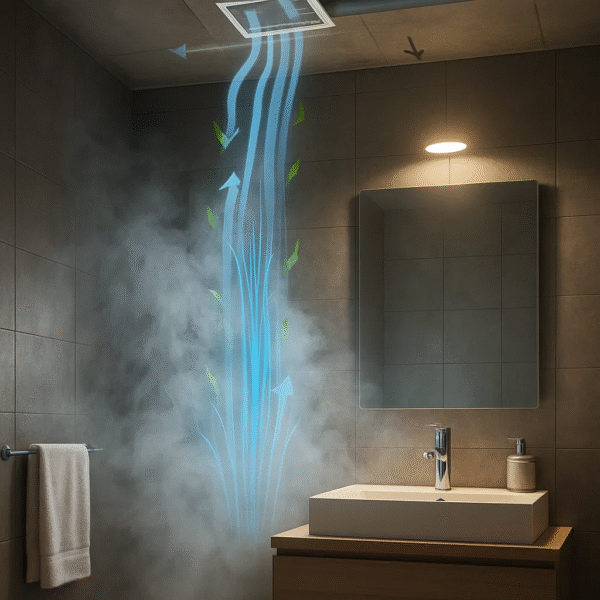
Bathroom Ventilation Fan Buyer's Guide: How to Choose the Right Model in 2025
Introduction
A bathroom ventilation fan is crucial for maintaining good indoor air quality, preventing mold growth, and removing excess moisture. Without proper ventilation, bathrooms can become breeding grounds for mildew, bacteria, and structural damage.
This guide covers everything you need to know:
✔ Why bathroom ventilation is essential
✔ Different types of bathroom exhaust fans
✔ Key features to consider before buying
✔ Installation & maintenance tips
Why You Need a Bathroom Ventilation Fan
1. Eliminates Excess Moisture
Prevents condensation on mirrors, walls, and ceilings
Reduces peeling paint and warped wood caused by humidity
2. Prevents Mold & Mildew
Damp environments promote mold growth, which can trigger allergies and respiratory issues
A ventilation fan helps keep surfaces dry and mold-free
3. Improves Air Quality
Removes odors, bacteria, and airborne pollutants
Reduces humidity levels, making the bathroom more comfortable
4. Protects Your Home’s Structure
Prevents long-term damage to drywall, insulation, and wooden fixtures
Helps avoid costly repairs due to moisture damage
Types of Bathroom Ventilation Fans
1. Ceiling-Mounted Fans
Most common type, installed directly into the ceiling
Best for bathrooms with attic access
2. Wall-Mounted Fans
Ideal for bathrooms without attic space
Vents air directly outside through an exterior wall
3. Inline (Ducted) Fans
Fan is installed within the ductwork (not inside the bathroom)
Quieter operation, great for larger bathrooms
4. Combination Fans (Light + Fan)
Includes built-in lighting (LED or incandescent)
Saves space and adds functionality
5. Energy Star-Rated Fans
More energy-efficient, reducing electricity costs
Often includes advanced features like humidity sensors
Key Features to Consider
✔ CFM Rating (Airflow Capacity)
Small bathrooms (≤50 sq ft): 50-80 CFM
Medium bathrooms (50-100 sq ft): 80-100 CFM
Large bathrooms (100+ sq ft): 100+ CFM
✔ Noise Level (Measured in Sones)
0.5 – 1.0 sones: Nearly silent (best for bedrooms nearby)
1.0 – 3.0 sones: Standard for most homes
4.0+ sones: Loud (less comfortable for frequent use)
✔ Energy Efficiency
Look for ENERGY STAR® certification
DC motor fans are quieter and more efficient than AC motors
✔ Smart Features (Optional but Useful)
Humidity sensors (auto on/off when moisture is detected)
Motion sensors (activates when someone enters)
Wi-Fi control (adjust settings via smartphone)
Installation & Maintenance Tips
Installation Guide
Hire a professional if you’re not experienced with electrical work
Ensure ducts vent outside, not into the attic (to prevent moisture buildup)
Follow local building codes for proper ventilation requirements
Maintenance Tips
Clean the fan grill every 3-6 months to prevent dust buildup
Check ducts annually for blockages or leaks
Replace old fans if they become noisy or inefficient
Final Thoughts
A high-quality bathroom ventilation fan is a must for a healthy, mold-free home. Consider CFM, noise level, energy efficiency, and smart features when choosing the best model for your needs.
Ready to upgrade your bathroom’s air quality? Check out our top picks and expert installation tips today!

